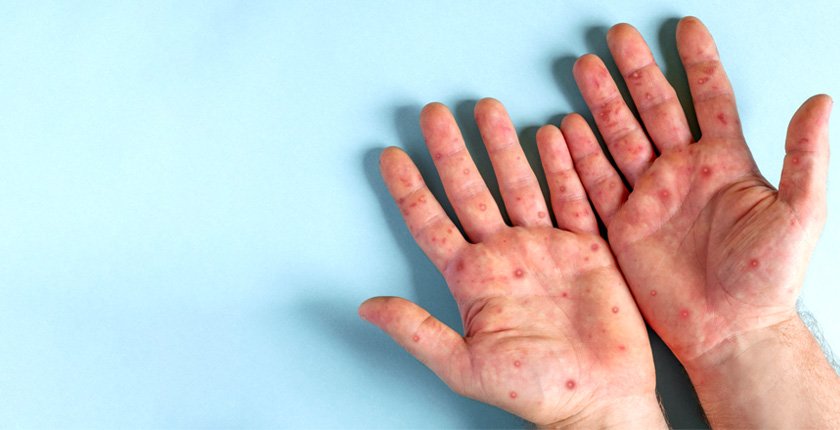
UNLOCKING THE BENEFITS OF CHEMICAL PEELS: UNDERSTANDING THE RIGHT TYPE FOR YOUR SKIN
Introduction:
In skincare, chemical peels have emerged as a versatile solution, offering a range of benefits tailored to address diverse skin concerns. From combating signs of ageing to tackling hyperpigmentation, these peels, available in various intensities, provide individuals with a customizable approach to achieving healthier, more radiant skin.
Exploring the Advantages and Disadvantages of Chemical Peels:
Benefits of Chemical Peels:
1. Reduction of Wrinkles, Acne, and Scars: Through gentle exfoliation, chemical peels facilitate the shedding of dead skin cells, unveiling a smoother and more youthful complexion.
2. Diminished Sun Damage and Hyperpigmentation: Chemical peels target sun-induced dark spots, restoring an even tone and complexion by fading pigmentation irregularities.
3. Improved Skin Tone and Texture: By promoting cellular turnover, chemical peels help reveal a brighter, more uniform skin tone, accompanied by a smoother texture.
4. Stimulation of Collagen Production: Certain chemical peels encourage the production of collagen, a vital protein responsible for skin elasticity and firmness, resulting in a more youthful appearance.
Risks and Side Effects:
1. Changes in Skin Coloration: While rare, chemical peels may occasionally cause alterations in pigmentation, leading to lighter or darker patches of skin.
2. Risk of Scarring: Improper application or administration of chemical peels can result in scarring, emphasizing the importance of seeking treatment from a qualified professional.
3. Potential for Infection: Inadequate post-treatment care may increase the risk of infection, highlighting the importance of following prescribed skincare routines.
4. Allergic Reactions: Individuals may experience allergic reactions to the chemicals present in the peel, resulting in redness, swelling, or itching.
Understanding the Different Types of Chemical Peels:
1. Superficial Peels: These mild peels are ideal for addressing minor skin concerns, such as fine lines, uneven texture, and mild pigmentation irregularities. They typically require minimal downtime and are suitable for individuals seeking a subtle rejuvenation.
2. Medium Peels: Medium-depth peels penetrate deeper into the skin, making them effective for treating moderate sun damage, acne scars, and deeper wrinkles. While they offer more significant results, they entail a longer recovery period compared to superficial peels.
3. Deep Peels: Reserved for severe skin concerns, deep peels provide intensive treatment for deep wrinkles, extensive sun damage, and pronounced acne scars. However, they involve the longest recovery time and carry a higher risk of side effects.
Preparing for and Navigating Through a Chemical Peel Procedure:
1. Pre-Procedure Preparation: Before undergoing a chemical peel, it is essential to consult with a dermatologist to determine the most suitable treatment for your specific skin concerns. Prepping the skin beforehand, including avoiding sun exposure and discontinuing certain medications, is crucial to ensure optimal results.
2. During the Procedure: The chemical solution is carefully applied to the skin, typically causing a mild stinging or burning sensation. The duration of the procedure may vary depending on the type and intensity of the peel being administered.
3. Post-Procedure Care: Following a chemical peel, patients can expect temporary redness, swelling, and peeling as the skin undergoes the healing process. Strict adherence to post-treatment care instructions, including sun protection and moisturization, is essential to promote optimal healing and prevent complications.
Exploring the Cost of Chemical Peels in India:
The cost of chemical peels in India varies depending on several factors, including the type of peel, the area being treated, and the expertise of the provider. Superficial peels, being the mildest option, typically range from INR 2,000 to INR 5,000 per session. Medium peels, offering more significant results, may range from INR 5,000 to INR 10,000 per session. Deep peels, reserved for severe skin concerns, are the most expensive option, ranging from INR 10,000 to INR 20,000 per session. It is advisable to discuss payment options and financing plans with your dermatologist to determine the most suitable arrangement for your budget.
Conclusion:
In conclusion, chemical peels offer a multitude of benefits for individuals seeking to improve the appearance and texture of their skin. By understanding the different types of peels available and consulting with a qualified dermatologist, individuals can determine the most suitable treatment option for their needs. However, it is essential to weigh the potential risks and side effects associated with chemical peels to ensure a safe and satisfactory outcome. With the proper guidance and care, chemical peels can be a valuable tool in achieving healthier, more radiant skin.
FAQs
1. What are the benefits of chemical peels for the skin?
Discover how chemical peels can reduce wrinkles, acne scars, sun damage, and improve skin tone and texture.
2. What are the different types of chemical peels available?
Learn about superficial, medium, and deep peels and how each type addresses various skin concerns.
3. What should I expect during a chemical peel procedure?
Understand the steps involved in a chemical peel, from pre-procedure preparation to the application of the peel and post-procedure care.
4. Are there any risks or side effects associated with chemical peels?
Explore potential risks such as changes in skin coloration, scarring, infection, and allergic reactions, and how to mitigate them.
5. How do chemical peels stimulate collagen production?
Find out how certain chemical peels promote collagen production, leading to improved skin elasticity and a more youthful appearance.
6. What is the recovery time for different types of chemical peels?
Compare the recovery times for superficial, medium, and deep peels and understand the required post-treatment care.
7. Can chemical peels treat hyperpigmentation and sun damage?
Discover how chemical peels target and reduce hyperpigmentation and sun-induced dark spots for a more even skin tone.







